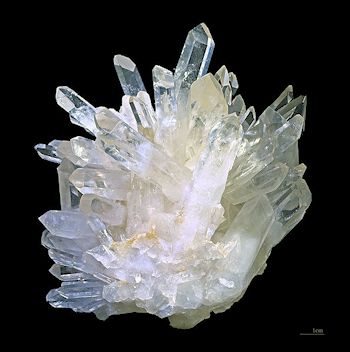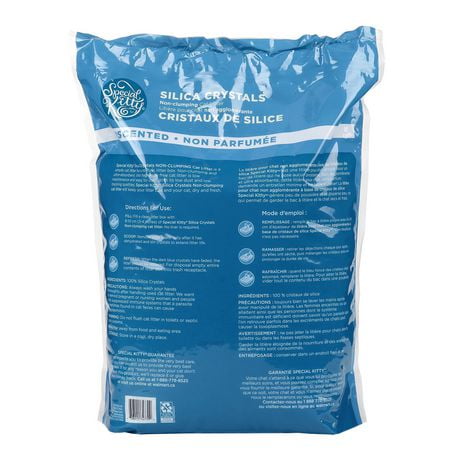
Here’s a few ideas for making them useful around the home and workshop: These can be added to recyclable household waste, but why not save them and put them to further use? You can reactivate them by placing them in a hot oven for a couple of hours (less for the smaller sachets) and use them time and again. If you’ve recently bought a pair of shoes or an electronic product you will have probably seen the small paper sachets that accompany them. Soil naturally contains silicas so although the crystals won’t decompose, neither will they fundamentally change the nature of soil. To you and me, that means it can be added to a compost heap without fear of contamination. It isn’t classified as hazardous waste under EEC Directive 91/689/EEC. Indicating silica gel contains cobalt that causes the crystals to change colour when moisture is absorbed and as cobalt is toxic, care should be taken to avoid contact with food. It is used in two forms indicating and non-indicating. “They could also be used in applications such as medical imaging and solar-powered textiles.Silica gel desiccant is essentially a form of sand (silicon dioxide) which is able to absorb up to 40% of its mass in water. “The fibers could be used to make specialized devices in optical communication networks for lasing, amplification and energy conversion,” he said. Using this growth process, they claim these perovskite fibers can, in principle, reach indefinite lengths. Testing revealed good stability over several months, low transmission losses (less than 0.7 dB/cm) and mechanical flexibility (bending radius as small as 3.5 mm). Su and his colleagues created optical fibers with a core diameter as low as 50 µm. “With our method, the length of the fiber can be controlled, and the cross section of the perovskite fiber core can be varied.” “We gradually changed the heating position, line contact and temperature during the process to ensure continuous epitaxial growth in the length while preventing random crystal formation in the width,” said Su. Capillary tubes filled with precursor solution are fixed perpendicular to the ground, and a heat-transfer block is placed on a hot plate in contact with the capillary.

The researchers developed a novel temperature growth method that allowed them to grow and precisely control the length and diameter of single-crystal perovskite fibers in liquid solution.

Multiple crystals can easily form during the process, leading to polycrystalline perovskites, which will not transmit light.

To do so, they faced a considerable challenge in terms of achieving continuous one-directional growth in the axial direction while restricting growth in the radial direction.

The idea suddenly came to us one day: Why don’t we try to grow an optical fiber using single-crystal perovskites?” said Su. “At present, most optical fibers are made of glass. Lei Su of Queen Mary University of London, UK, and his colleagues had been working with single-crystal perovskites for many years when they decided to experiment with a brand-new application for the material. Perovskites have been touted as next-generation materials for devices such as solar panels and LED-based displays, as a result of their large carrier mobilities, tunable band gaps and simple solution preparations. Due to the material’s unique properties, such fibers have promising applications for high-speed, all-fiber optoelectronics, where light generation, modulation and detection can all be performed within a fiber. Several types of semiconductor materials have been used to make optical fibers, including silicon, germanium, II–VI compounds and chalcogenides.įor the first time, researchers have created optical fibers with a core consisting of single-crystal organometallic perovskite (Sci. While silica optical fibers are ubiquitous, semiconductor-core fibers can take advantage of electronic, thermoelectric, optoelectronic, optically nonlinear and even mechanical properties not present in glasses. Single-crystal organometallic perovskite optical fiber.


 0 kommentar(er)
0 kommentar(er)
